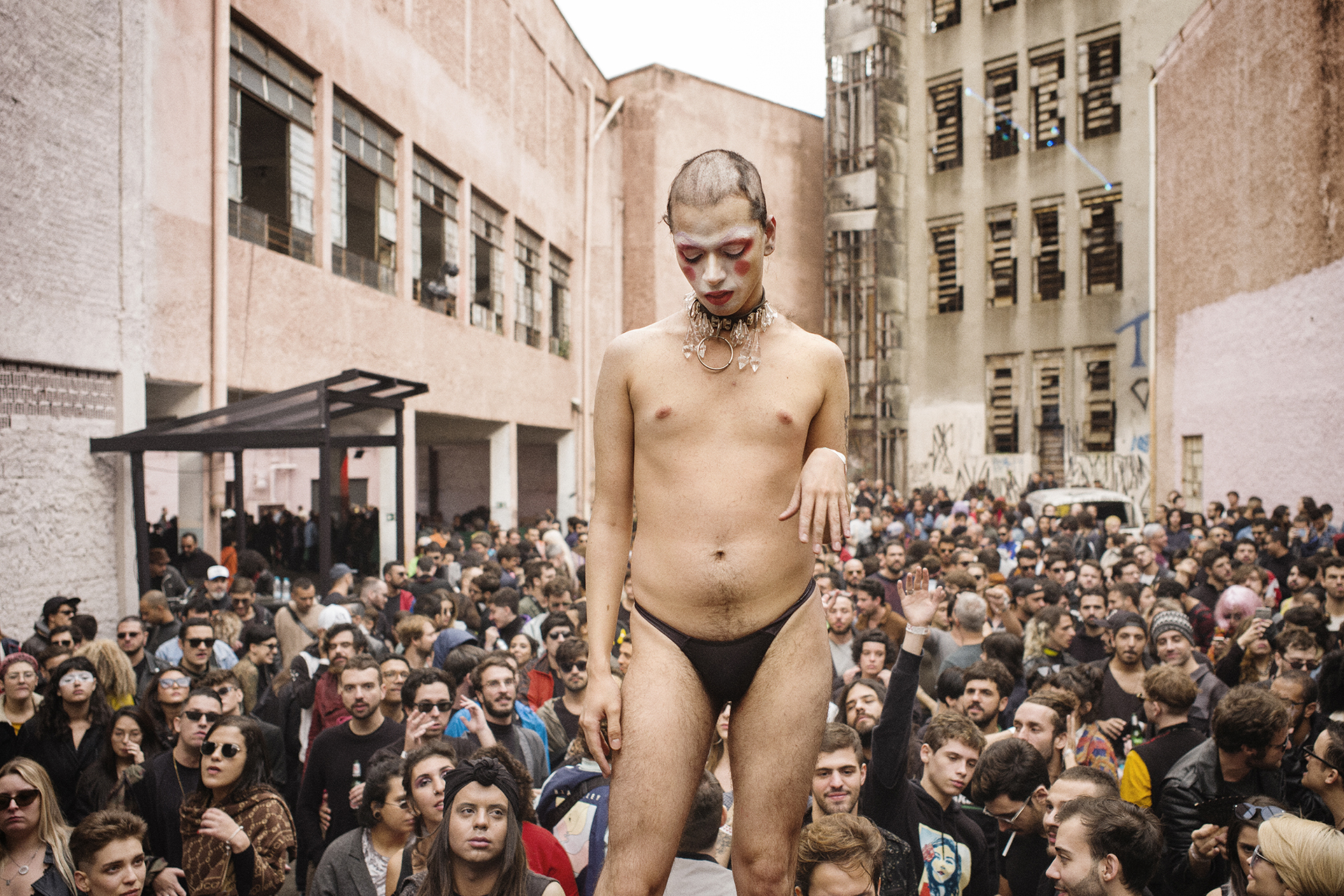While the pandemic has jeopardized nightlife culture around the world, our need to let loose on the dance floor has grown even greater, as has our need for close physical contact. From Lagos to Montreal and from São Paulo to Berlin, four photographers tell us about their relationship to partying and why they photograph it.

You’re getting blind.
Don’t miss the best of visual arts. Subscribe for $9 per month or $108 $90 per year.
Already suscribed ?
Read more: Living Through New York’s Dance Mania


